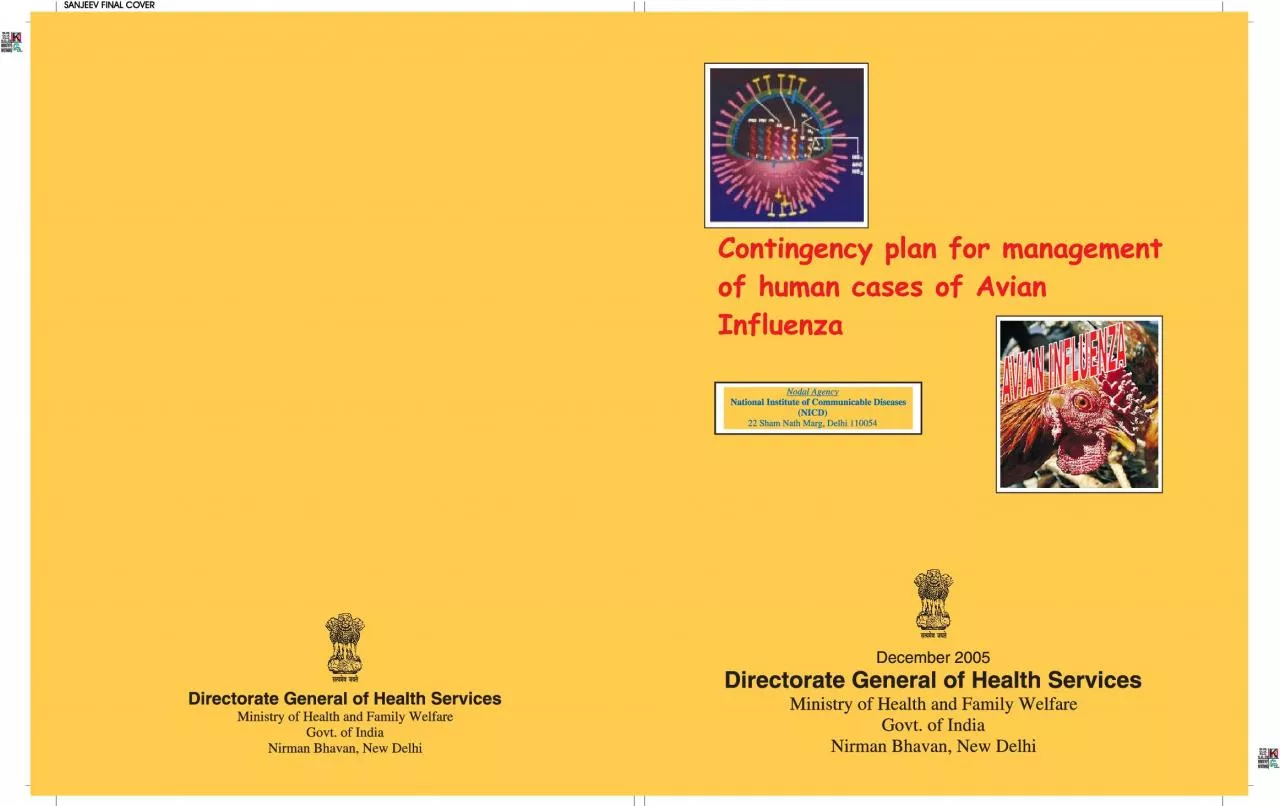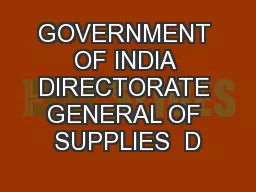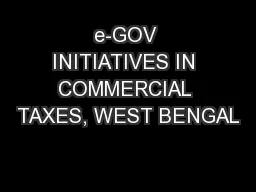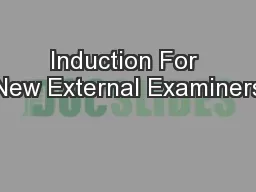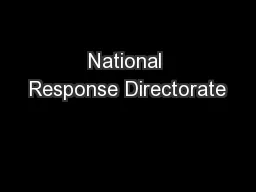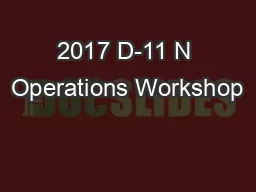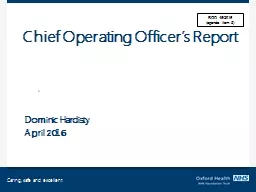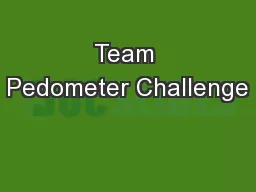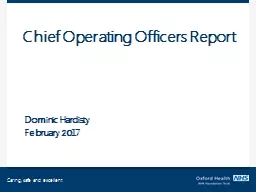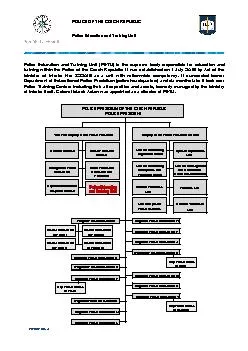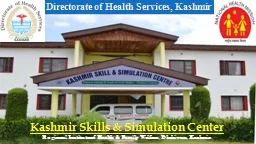PDF-Directorate General of Health ServicesMinistry of Health and Family We
Author : wang | Published Date : 2022-08-16
1Contingency plan for management of human cases2AnnexureNational Influenza Pandemic Committee13National Contingency Plan for Avian Influenza14Action Plan for State
Presentation Embed Code
Download Presentation
Download Presentation The PPT/PDF document "Directorate General of Health ServicesMi..." is the property of its rightful owner. Permission is granted to download and print the materials on this website for personal, non-commercial use only, and to display it on your personal computer provided you do not modify the materials and that you retain all copyright notices contained in the materials. By downloading content from our website, you accept the terms of this agreement.
Directorate General of Health ServicesMinistry of Health and Family We: Transcript
Download Rules Of Document
"Directorate General of Health ServicesMinistry of Health and Family We"The content belongs to its owner. You may download and print it for personal use, without modification, and keep all copyright notices. By downloading, you agree to these terms.
Related Documents

